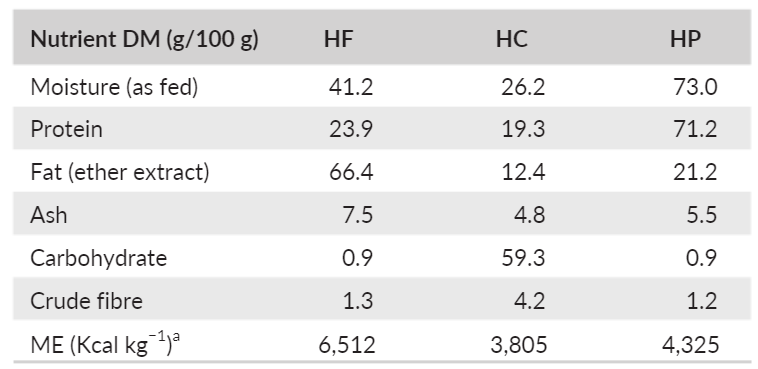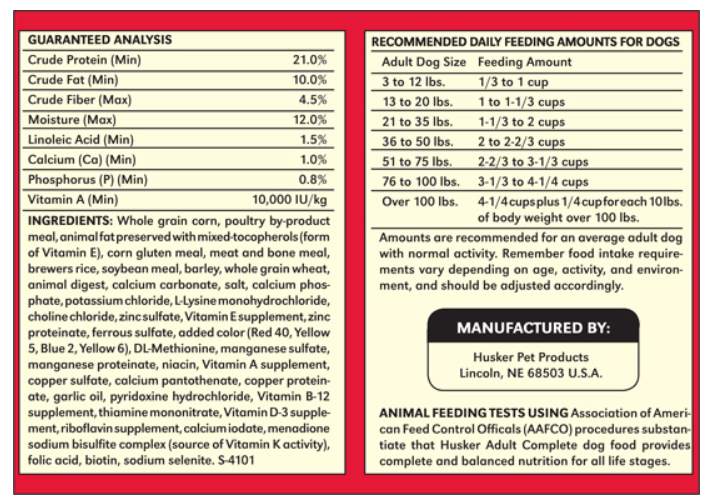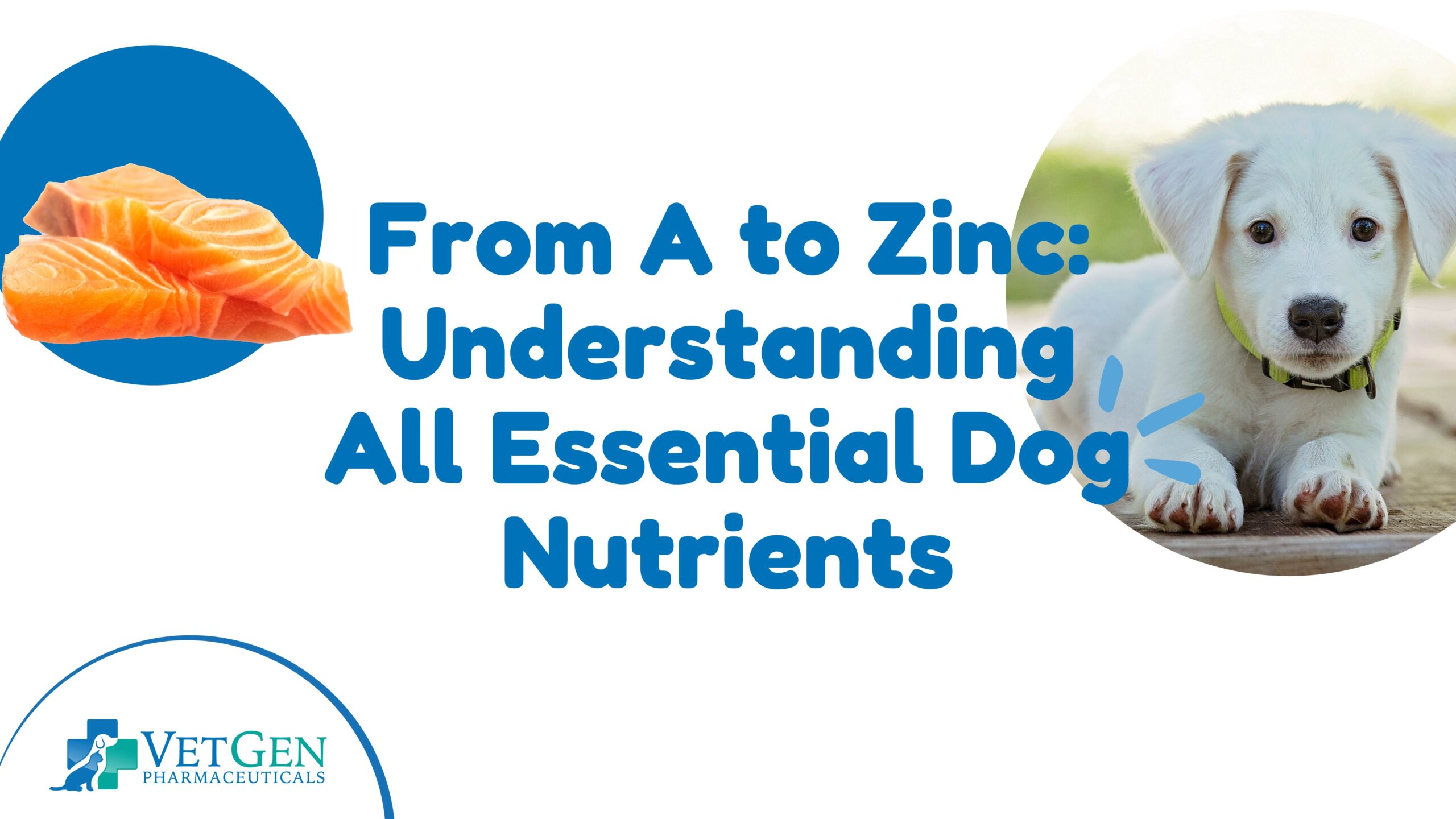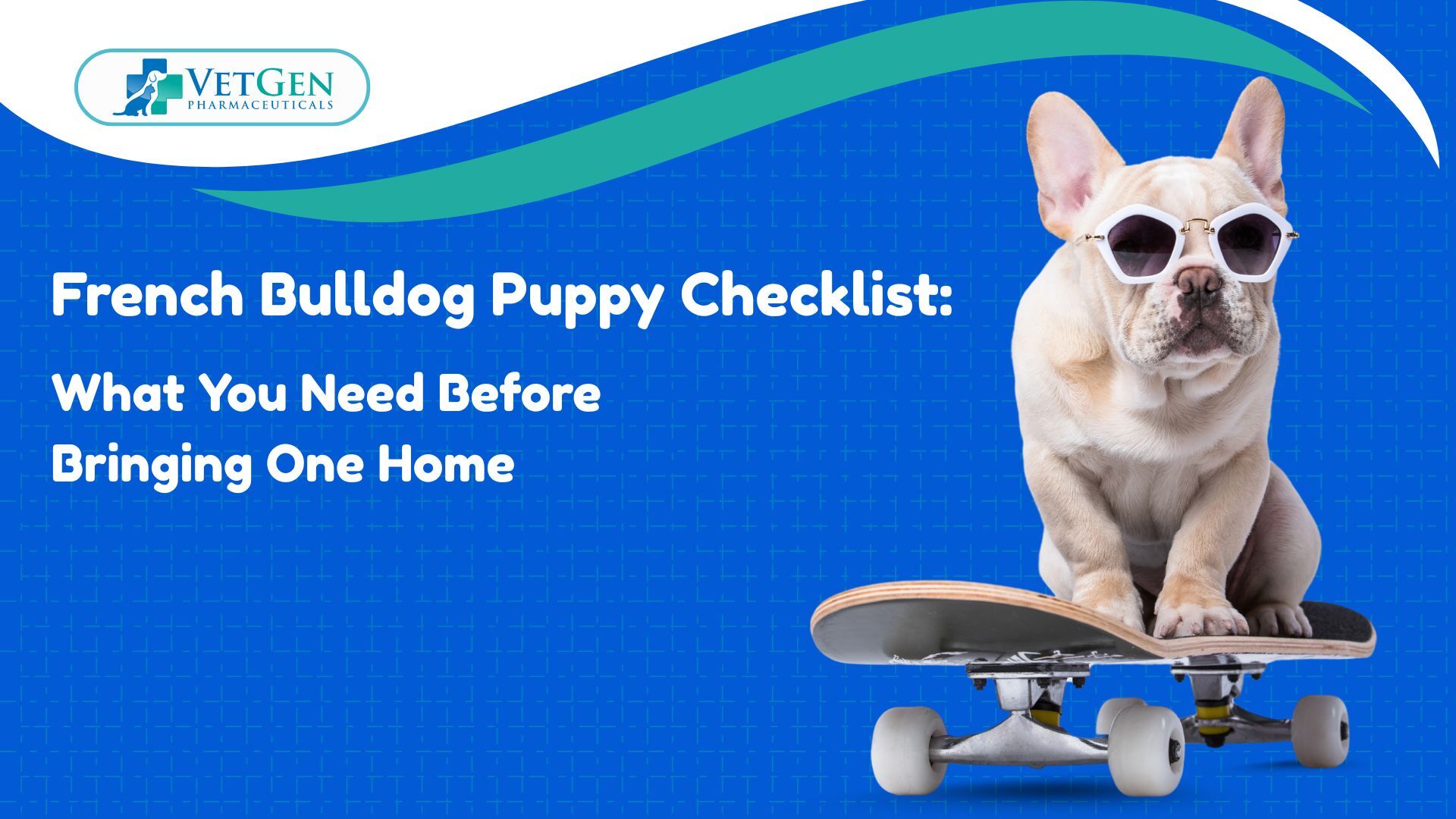Our relationship with our pet is built on mutual affection and the simple yet profound joy of sharing life’s moments. Just like we humans, even our pet dogs have dietary needs that must be met for overall health and vitality. A well-rounded canine diet consists of proteins, fats, carbohydrates, vitamins, minerals, and water, each uniquely supporting bodily functions.
But why is it important to feed your dog good food? A balanced diet is the base of good health. It’s not just about filling their bowl with food; it’s about providing the right nutrients in the right proportions. Let’s see how we can do this effectively.
How do the nutritional needs of dogs vary at different life stages?
Dogs are as individual as people, and their nutritional needs are diverse. Puppies with boundless energy and rapid growth require diets with more proteins and fats to support their development. While adult dogs, depending on their size and their activity level, might need more or less of certain nutrients to maintain their health and vitality.
The nutritional needs also vary according to the needs. Active breeds, for instance, benefit from higher-energy foods. Older dogs may need fewer calories and more joint-supporting nutrients to stay mobile and comfortable.
The whole process of adjusting your dog’s diet according to age or lifestyle changes is not just about feeding them; it’s about caring for them through every stage of their life, ensuring they remain by your side.
What are the macronutrients for dogs?
Proteins
Proteins help build muscles, repair tissues and even provide energy for all the running and playing. It’s important for keeping our dog strong and healthy. High-Quality Protein Sources come from meats like chicken, beef, fish, and eggs. These are premium fuel for your dog, helping keep the vitality intact.
But what are the signs of protein deficiency or excess? If the dog isn’t getting enough protein, it might seem tired, have a dull coat, or not grow as it should. Where, too much protein might make them drink more water, pee more, or have kidney issues in the long run.

Fats
Fatty Acids (Omega-3 & 6) keep your dog’s skin and coat shiny and healthy. They also play a big role in brain health and keeping their immune system strong to fight those infections and viruses. They’re a must-add ingredient for overall health.
Safe fats come from fish, flaxseeds, and some oils. If your dog gets too little fat, its coat might look dull, and its skin could dry out. While too much fat can lead to a gain of weight with other health issues.
Carbohydrates
Carbs are quick energy sources for dogs. They help fuel all your dog’s activities, from chasing balls to going for walks. Mainly carbs come in two main types—fibers, which help digestion, and starches, which give energy. Fiber is found in veggies and grains, while starches are in foods like potatoes and rice.
Some dogs do well on grains, getting lots of energy and fiber. Others might be sensitive and do better on a grain-free diet. It’s all about the individual needs and tweaking the diet accordingly.
What are good fat-soluble vitamins for Dogs?
Vitamin A is important for a dog’s vision, especially when the lights are low. It also keeps their skin smooth, helps them grow properly, and makes sure their immune system is ready to fight off germs.
We can find it in carrots, spinach, and liver – like the veggies and treats they might nibble on.
Dogs can’t synthesize Vitamin D directly from sunlight like we humans. They need to have it through a diet like fish and egg yolks. So it’s a good excuse to give them a little fishy treat now and then. It helps your dog’s body with calcium and phosphorus to build and maintain strong bones. Without it, their bones might get more prone to fractures.
Vitamin E is an antioxidant that helps protect your dog’s body from damage that can make it sick. It also keeps their skin and eyes healthy. It acts as a bodyguard for their cells. We can find it in vegetable oils, nuts, and green veggies.
Vitamin K is important for ensuring your dog’s blood clots properly. If your dog gets a cut, Vitamin K helps stop the bleeding. We can incorporate it in our dog’s diet through green leafy veggies and some meats.
What is the best water-soluble vitamin for Dogs?
B Vitamins is a group of vitamins that acts like an energy crew. They turn food into energy. They also help with the brain and nervous function working right. We can incorporate in the diet through whole grains, meats, and veggies.
B1 (Thiamine) helps the brain and other organs function properly. B2 (Riboflavin) is good for the skin and eyes. B3 (Niacin) keeps the skin healthy and helps with digestion. B5 (Pantothenic Acid) is important for making blood cells. B6 is key for brain health and creating neurotransmitters. B12 and Folate help with nerve function and the production of DNA.
Unlike us, dogs can actually make their own Vitamin C, but of course adding a bit more to their diet doesn’t hurt. Vitamin C is an antioxidant found in fruits and vegetables, supporting the immune system. It helps your dog fight off illnesses and stay healthy.
What is a good source of minerals for dogs?
According to the papers published by the National Research Council’s Nutrient Requirements of Dogs and Cats, these minerals play an important role in a dog’s well-being.
Calcium and Phosphorus, these two are pretty much the dynamic duo when it comes to your dog’s bones. Calcium isn’t just good for strong bones; it helps with heart rhythm and muscle movement.
Phosphorus pairs with calcium to ensure bones stay tough and ready for play. You can find it in dairy, meat, and fish.
Magnesium assists the muscles to relax and help nerves send messages smoothly. It’s involved in using energy from food and making new proteins. It’s the mineral that keeps everything running smoothly in the background. We can look for it in whole grains and green leafy vegetables.
Zinc is the beauty and brain mineral. It keeps your dog’s skin healthy and their coat shiny. Plus, it’s important for brain function and helps the immune system fight off invaders. It’s in meat, fish, and poultry, making it a tasty addition to your dog’s diet.
Iron is all about the energy. It carries oxygen in the blood to all parts of your dog’s body, making sure they have the energy to run, jump, and play. Without enough iron, your dog could get tired easily. You’ll find iron in meats and some vegetables.
Selenium acts as the bodyguard against damage, working as an antioxidant. Selenium helps protect the body’s cells from getting damaged. It supports a healthy immune system and is important for thyroid health, too. We can find it in meats, fish, and eggs.
Is homemade dog food better than commercial?
Like with any other debate, each have some good points and some against. Commercial Diets are the dog foods we find in stores, carefully formulated to meet all of your dog’s nutritional needs. They come in dry (kibble), wet (canned), and semi-moist forms. The big plus is convenience and the assurance that the food meets specific dietary standards set by pet nutrition experts.
Where home-prepared diets at home allow you complete control over what they’re eating. You can customize the diet to your dog’s specific needs, preferences, and allergies.
Is it safe for dogs to eat raw food?
First, Let’s see the benefits of raw food in your doggo’s diet. Organizations like The American Veterinary Medical Association claim eating raw foods mimics what dogs eat in the wild, potentially leading to healthier eating patterns. They claimed that chewing raw, meaty bones can help reduce tartar and improve gum health.
Dr. Ian Billinghurst, known for promoting the BARF diet (Biologically Appropriate Raw Food or Bones and Raw Food) through his book Give Your Dog a Bone, discusses shinier coats and healthier skin on a raw diet. Anecdotal evidence suggests some dogs have more energy when eating raw food.
What are the risks of a raw diet?
Raw meats sometimes contain harmful bacteria like Salmonella and E. coli, posing risks to both dogs and their human family members. Without careful planning, raw diets can lead to nutritional deficiencies or excesses. Bones can splinter and cause choking or obstructive hazards. Additionally, raw diets are often more expensive and require more preparation time than commercial diets.
How do you read dog food labels?
Deciphering dog food labels is key to choosing the right food for your pet dog. Here’s what to look for:

Ingredients are listed by weight. Look for high-quality protein sources (like whole meat or meat meal) as the first ingredient. This is a rough indicator of the food’s nutrient content, providing minimum % of crude protein and fat, and maximum % of crude fiber and moisture.
Nutritional Adequacy Statement tells you if the food is complete and balanced for a particular life stage (puppy, adult, senior) or is intended for supplemental feeding only. The Feeding Guidelines help with a starting point on how much to feed your dog based on their weight.
To wrap up…
Getting your dog’s diet right is pretty much like piecing together a fun puzzle. It’s all about mixing the right bits – proteins, fats, carbs, vitamins, and minerals – to match your pup’s nedds. Whether you’re leaning towards store-bought food or whipping up meals at home, or trying out a raw diet, the goal is the same: keeping your dog bouncing.
And hey, if you ever find yourself scratching your head over what’s best for your dog, visit VetGen Pharmaceuticals for more insights about Dog health.






